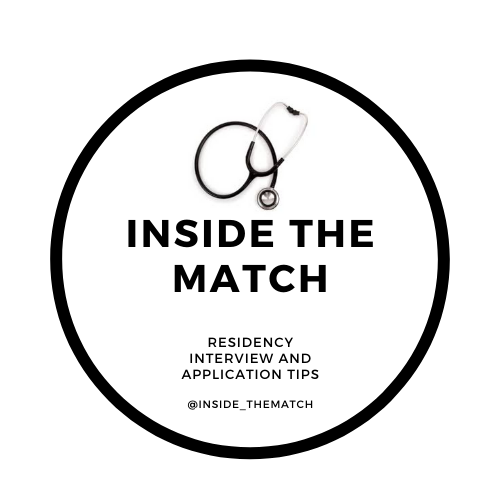Couples Match Timeline
Written by Bianca Georgakopoulos, MD
1) July-September: Create a broad list of programs. Try and figure out which states/ areas you would both be happy in. In August and September, go through all the programs in those states/ regions and make sure that your partner* also has a matching pair for that program (ex: NYC program matched with a NYC program). The paired programs can be further apart, but make sure you both agree to commute a long distance.
If you can, try and connect with as many couples as possible from the year above you in medical school to ask for advice. We asked 3-4 couples to share their experience. Ultimately, everyone will have a different experience but you might find a few extra pointers for the process.
2) October-December: After your apps are in, relax with your partner and try to enjoy the bliss of uncertainty. As soon as interviews start rolling in, the games begin. As soon as one of you gets an interview, the person who did not receive an interview yet should send an email out in 2-3 business days to their program (or multiple programs nearby). In the email, describe your interest in the program and that your partner got an interview at the same institution or nearby program.
If the program does not answer or send an interview to your partner in 2-3 weeks, have the person who got an interview send a message to the program director (PD) and program coordinator (PC). In the email, describe your excitement about the interview. If your partner is looking for an interview in a different specialty at the same institution, include the contact information for the other program’s PD or PC (number and email). In the email, always include your AAMC ID and your partners if you include his/her/their name.
Avoid sending these emails over the weekend or on Friday (it will likely get lost in a mailbox).
While interviewing, create your rank lists separately. After your interview, debrief with your partner. It’s great if you can create your own rank list without influence from your partner.
During interviews, when someone asks the question “Tell me about yourself,” include that you are couples matching.
3) January: Start having an honest discussion about the largest commute times. We agreed to a 6-hour commute, but also ranked places further away if one person would be near family. Then, start pairing up programs and create a list of commute times using Google maps. Every couple is different and has different goals. Every couple will also not necessarily have the luxury of a radius based on the number of interviews. And that is OK. Decide if it would be better to both match, have someone SOAP, or have both SOAP. We did not rank combinations where one of us matched and the other would not; it was either we matched or would be unmatched.
So, now it’s time to make your rank lists. Using your own rank list, assign points to each program. Your top choice should have 1 point and your last choice should have the highest number of points (ex: 3rd ranked program gets 3 points. Have your partner do the same with their list. Now add up the points for the associated pair (Univ of X for Applicant A + Univ of X for Applicant B) and create a list where the lowest number of points is your first rank and the highest number of points is your last rank. Do this for every pair that you are willing to have on your top list.
For couples who do not mind a distance apart, you can use Tip 3a, but you will likely get tired of having to do that for 300 combinations. Try your best to agree as you move into ranking in the hundreds.
Do not rank a pair that someone is unhappy with. It will only create resentment if you end up matching there.
4) The Match: After you submit your rank lists, enjoy the time together. Ultimately, the match is out of your hands. Everyone has different experiences on Match Day. Try and be together when you open your emails or letters, and let your emotions ride. Some couples will be happy on Match Day and others will not.
I was an MD applicant applying into OB/GYN and my husband was a DO applicant applying into Pediatrics. We hadn’t heard of successful Matches that were MD/DO so we were incredibly anxious throughout the process.
Our final rank list had 23 overlapping programs (the same institution) and 65 total ranks. The furthest we were apart was NY and FL to be near family. We thankfully matched at one of our top programs together and are now very happy as interns at the same institution. Listen to our Inside the Match podcast interview to learn about some of the interview questions we received on the trail.
*The word partner was used above, but the couples match is also for family members and friends. These tips apply regardless of relationship status.

